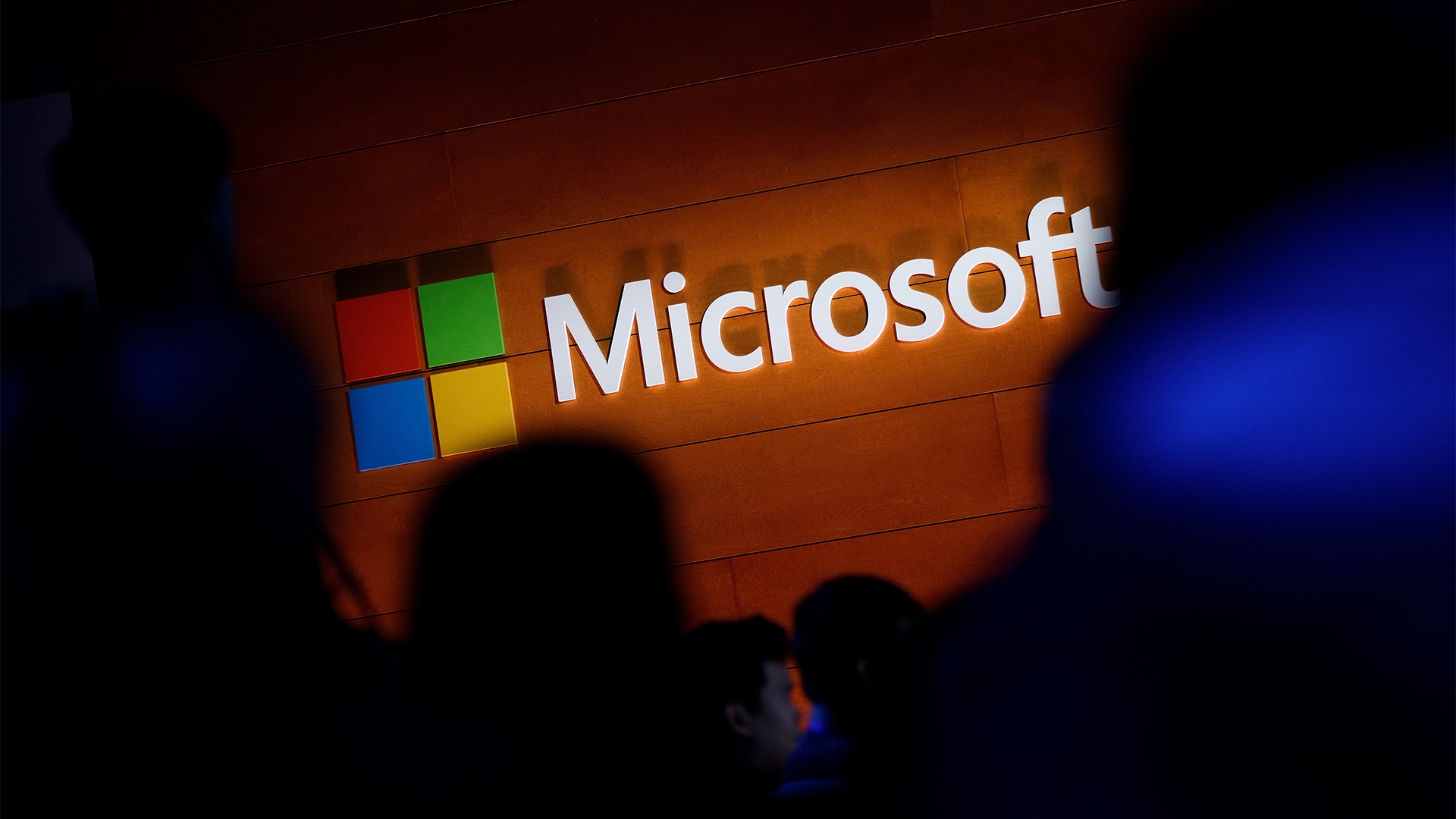How MSPs can create a lead generation program that delivers results
Brand messaging, client engagement, and a robust outreach strategy can make the difference between success and failure for MSPs


When there are signs and symptoms of an economic downturn, many business leaders struggle to make budget decisions. In some cases, it could mean tightening the purse strings.
Marketing, however, is one area that managed service providers (MSPs) should consider doubling down on. It may seem counterintuitive to increase spending on an area during tough times, but doing so could be the perfect opportunity for an MSP to set itself apart from the competition and drive new business growth.

Dan Tomaszewski leads a team of channel experts and former managed service provider (MSP) professionals to equip, educate, and empower MSPs to be more successful and profitable.
He is responsible for gathering feedback from the MSP community and ensuring a persistent focus on amplifying their voice to provide continued customer experience improvements. He is best known as the builder of Powered Services, an award-winning platform provided by Kaseya that has helped over 7,000 MSPs close deals, go to market faster and become more profitable.
Despite the economic uncertainties, the outlook for MSPs remains favorable. According to Markets and Markets, the global market for managed services is expected to reach $354.8 billion by 2026, up from $242.9 billion in 2021. This is already significant growth, and additional factors could open further opportunities.
For instance, many businesses are undergoing layoffs, prompting them to look for outsourcing partners as a more cost-effective alternative to maintaining in-house roles such as IT.
The outlook is positive
Other trends are also contributing to the journey ahead for MSPs. Regulation and compliance standards are increasing, driving companies in regulation-prone industries, such as healthcare and finance, to turn to MSPs for help. The digitization trend continues, and organizations are looking to automate business processes to boost efficiency.
Cyber attacks are growing in number and getting more complex, with businesses seeking specialist support in the area of cyber security.

MSPs wanting to tap into these opportunities will need to put themselves directly in front of potential customers through targeted marketing efforts. A budget increase in a combination of digital marketing and traditional offline formats can help build a brand, fuel the lead engine, and uncover new possibilities.
Stay up to date with the latest Channel industry news and analysis with our twice-weekly newsletter
Digital marketing includes email marketing, websites, social media, and other online functions. Meanwhile, offline marketing can consist of in-person meetings, mailings, events, and community groups.
Start with the brand messaging
Often, the success of a marketing campaign comes down to the brand messaging – logos, visuals, and communication that reflect an organization’s personality.
It dictates what prospects think of that business and the feelings they associate with it. The priority is to make the messaging consistent: otherwise, the MSP will either leave the wrong impression or worse, no impression at all.
The first step toward a consistent brand is to ensure the website, social media, newsletters, and messages all have similar wording and tone.

For example, if the website is formal and professional, all other communication should use that style. If the website leans toward a friendly or caring tone, so should all other messaging.
Visual consistency is equally important, using the same fonts, colors and logos across communication channels. Pictures should match the tone of the overall brand. Even in small businesses, creating a document of brand standards is an excellent way to help everyone understand what the brand stands for.
Create a successful content calendar
Content is key for showcasing an MSP’s expertise and engaging customers and prospects. One or two blog posts are easy to keep track of, but as marketing initiatives begin to grow, managing content becomes a difficult task.
When done correctly, a content calendar can help teams plan, create, and schedule content more efficiently. It also ensures content is current, relevant, and used to maximum effect.
Dedicated software can help with planning the content pipeline, but MSPs should spend time on customizing the content calendar so it meets their unique needs. It's important not to overcomplicate things; the content calendar should be clear and easy to follow.
Get your social media strategy right
Social media marketing may look simple – after all, anyone can create a LinkedIn or Instagram post. But reaching the right audience with the right message takes a lot of hard work. Many MSPs forget that social media is a two-way street: The more you give, the more you get back.
Rather than constantly pitching their services and solutions, MSPs should consider how to add value to their communities. What can they contribute to make a difference?

While there may not be an immediate return on investment, success will come in the long run if an organization delivers the right content to the right audience. It’s all about building real relationships instead of generating empty connections.
MSPs should also check that their social media profiles are complete and reflect their brand image. First impressions matter, so every profile section must be filled out on all company social media profiles. If key information such as an email address or phone number is missing, it is harder for prospects to reach out.
Tap into partner resources
For most MSPs, marketing is not their area of expertise. Converting prospects into high-value customers is a challenge without the right sales and marketing tools, and even the best providers can struggle to grow their monthly recurring revenue.
RELATED RESOURCE

The board's evolving perceptions of cyber risk
This whitepaper shares what leadership must do to work protected, even as cyber attacks proliferate.
The good news is that MSPs don’t have to go it alone. MSPs can find a wealth of advice on vendors’ websites. Some software vendors offer extensive sales enablement programs for their partners, as well as providing access to powerful marketing tools.
It is always worth having conversations with vendors to find out how they can support their channel partners – be it through expert advice, ready-made content, social media assistance, events, or marketing funds.
Every MSP needs to have a solid brand. Without one, they may only be competing on price. In a competition between similarly competent providers, likability and memorability might make the difference.
By continuing to invest in marketing and asking for help from their vendors, MSPs can position themselves to take advantage of any opportunity and set themselves up for growth, regardless of the economic climate.

Dan Tomaszewski leads a team of channel experts and former managed service provider (MSP) professionals to equip, educate, and empower MSPs to be more successful and profitable. He is responsible for gathering feedback from the MSP community and ensuring a persistent focus on amplifying their voice to provide continued customer experience improvements. He is best known as the builder of Powered Services, an award-winning platform provided by Kaseya that has helped over 7,000 MSPs close deals, go to market faster and become more profitable.
-
 The six biggest security challenges coming in 2026
The six biggest security challenges coming in 2026In-depth What will be the main challenges businesses face in 2026 and what can they do to prepare?
-
 Channel focus: All you need to know about Microsoft's partner program
Channel focus: All you need to know about Microsoft's partner programChannel Focus The veteran OS developer and vendor continues to advance its strategy, particularly in Azure cloud solutions and AI
-
 What the fragmentation of UC means for the channel
What the fragmentation of UC means for the channelIndustry Insights If communications are becoming fragmented, what does that mean for MSPs and VARs?
-
 How SMBs can DIY their IT implementation and support
How SMBs can DIY their IT implementation and supportFeature For some small and medium-sized businesses, the third-party expertise and support might be out of reach. What’s the alternative?
-
 How the UK public sector could benefit from strategic channel partnerships
How the UK public sector could benefit from strategic channel partnershipsIndustry Insights Is the channel the answer to the growing cost vs budget problem facing the public sector?
-
 Keeper Security expands federal bench with latest senior hires
Keeper Security expands federal bench with latest senior hiresNews The security vendor has bolstered its federal team to support zero-trust access, operational execution, and government modernization efforts
-
 2025: The IT channel’s year in review
2025: The IT channel’s year in reviewAI, acquisitions, and awkward partnerships were key themes in the year gone by
-
 Why MSSPs must train smarter
Why MSSPs must train smarterIndustry Insights Upskilling is key for MSSPs to move from reactive monitoring to measurable risk reduction
-
 atNorth bolsters leadership bench with double appointment
atNorth bolsters leadership bench with double appointmentNews Tatu Tuominen has been named director of public affairs and communications, while Anne Helenius-Heir will serve as director of HSE
-
 Platform consolidation is the solution for MSPs’ growing pains
Platform consolidation is the solution for MSPs’ growing painsIndustry Insights As 2025 draws to a close, there's never been a better time for MSPs to rethink their tech structure